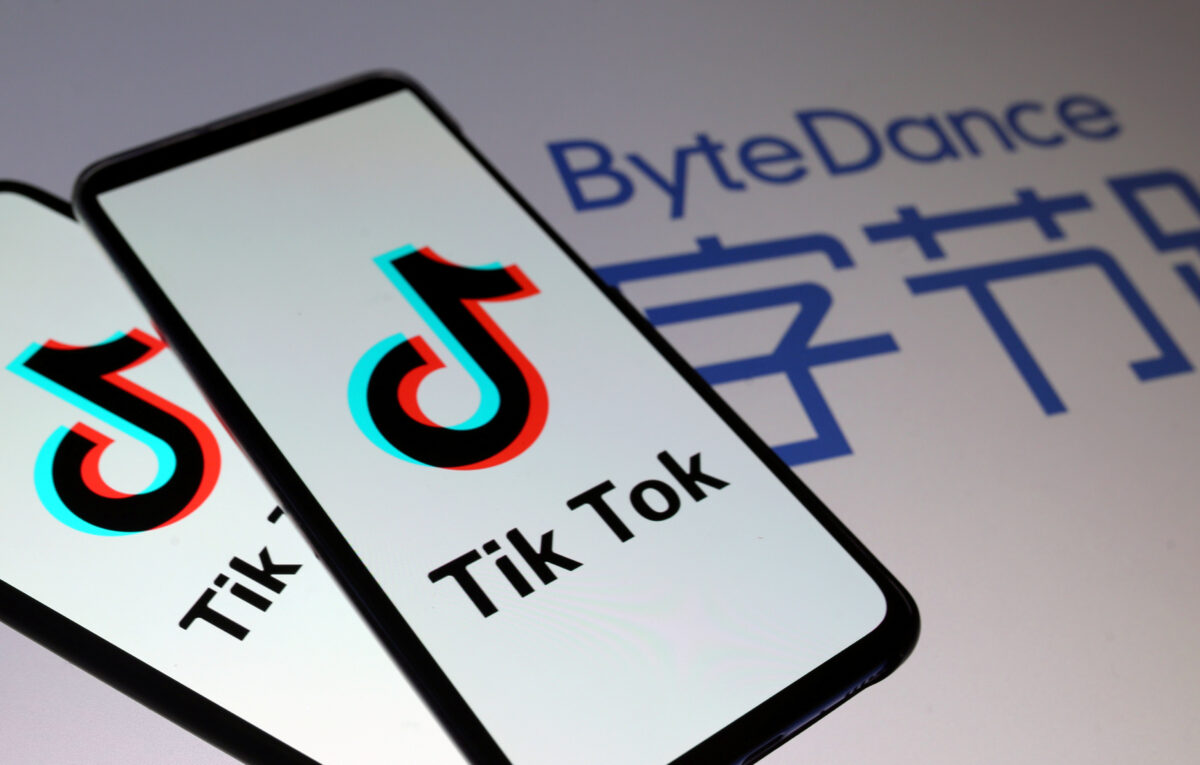Western Capitals Riled by Russian Hacking
Cybercrime
,
Cyberwarfare / Nation-State Attacks
,
Fraud Management & Cybercrime
Australian Official Says Russia Should Bring Russian ‘Hackers to Heel’

A top Australian official demanded that Russia crack down on hackers operating inside country borders, another sign of deepening Western frustration with Moscow’s permissive attitude toward cybercriminals.
See Also: OnDemand | Navigating the Difficulties of Patching OT
Michael Pezzullo, secretary of the Department of Home Affairs, called the notion that conventional law enforcement pressure will curtail Russian hacking activity “completely naive.” “They are not a ‘rule of law’ country,” he said during a Wednesday business summit in Sydney, reported Reuters.
“We call on the Russian government to bring those hackers to heel,” he said. The comments from Pezzullo, a civil servant, come just weeks after U.S. Secretary of State Antony Blinken accused the Kremlin of harboring groups such as TrickBot, calling Russia “a safe haven for cybercriminals” (see: US and UK Sanction Members of Russian TrickBot Gang).
Australia experienced a wave of data breaches and ransomware attacks during the second half of 2022. Australian Federal Police fingered cybercriminals likely based in Russia as perpetrators of an invasive leak of information collected from 10 million customers of private insurer Medibank.
The Biden administration has gone from cautiously engaging Russia on cybersecurity in 2021 to making containment of Russian hackers an explicit policy goal. “We want to shrink the surface of the…


